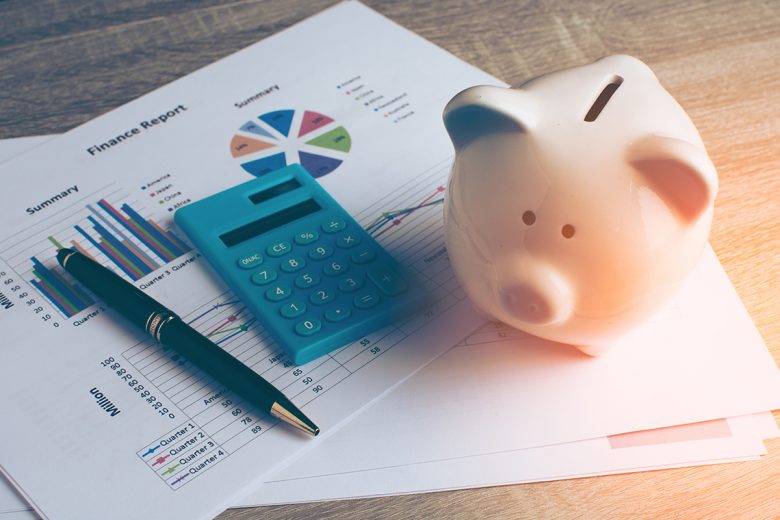A list of your personal assets is an account of all your personal assets that have a monetary or personal value. A comprehensive list of your personal assets – also known as a personal asset inventory – can be used for a range of purposes. Such a list can be used if you need to make an insurance claim, determine asset distribution as part of an estate plan, or demonstrate your wealth and ownership in some way. Understanding the general formalities of asset lists could help ensure your list is accurate and relevant.
Choose your recording system
You can keep your list digitally or on paper. A paper notebook is accessible and easy to store, while digital options like apps and electronic spreadsheets are convenience and straightforward to update. You can print digital copies if you prefer to store your list on paper, and you can easily transfer them. If you prefer using an app on your tablet or smartphone, you can use one of the many popular apps out there to create a list.
List physical and financial assets
It’s useful to separate your assets into two main categories: physical and financial. For certain assets, there is some overlap. If so, choose the category that best fits the item.
1. Physical assets
Physical assets are the tangible items you own. Your house, furnishing, cars, artwork, clothing, computers, jewellery, and everything else you can touch and feel go into this category. Your ownership might be documented in the form of deeds and titles. Some assets might have characteristics of both physical and financial assets. For example, if you have a necklace that’s a family heirloom, it’s a physical asset but needs special measures for safekeeping, which is characteristic of financial assets. You should further categorise your assets into subcategories like cars, jewellery, entertainment systems, valuable collections, and art.
2. Financial assets
Financial assets are intangible property items like bank accounts, securities, insurance policies, and stocks and bonds. Your financial assets can include your home, car, personal loans, investment accounts, super, and credit cards.
Include personal information
Include any relevant personal information to link the asset with your ownership. For example, you’ll want to include details such as name, passport number, income tax number, where and who holds your will, and your signature. Other relevant details to include are the executors of your will, location and ID number of your safety deposit boxes, email accounts, and passwords for your online billing, accounts, and profiles.
Include detail descriptions of assets
Include as much information as you can about each asset item, including their fair market value. For example, if you’re listing a TV, you’ll want to include details like brand, model, size, accessories like remote control, the general condition of the TV, and how much it’s valued at. Include also acquisition details (how it was purchased or acquired), location of the item, and special conditions relating to things like special maintenance needs.
Include photos but label each photo with the date it was taken. If your items have been professionally appraised, include the appraiser’s name, contact details, and the appraisal details.
Attach evidence of ownership
Attach evidence of ownership in the form of deeds, titles, certificates, insurance policies, financial accounts, and receipts. Include all identification information like account numbers and owner details. If you have authorised representatives or agents who have the legal authority to manage, sell, or dispose of the assets, include their names. Contact each legal representative or agent and let them know about your asset list.
Double check your insurer requirements
If you’re maintaining an asset list for insurance purposes, check with your insurer and find out their requirements. Your insurance agent might be able to tell you what to include and what to leave out. He or she could recommend an asset inventory app that complies with their requirements, making it easy for you to create a list that will satisfy their criteria.
Tips for safeguarding your list
Scan and photocopy all receipts and supporting documents, and separately keep at least an extra copy in a safe place. Photocopy your notebook if it’s paper based. If you’re maintaining a digital list, keep at least two separate copies on different flash drives and secure them with unique passwords. Provide a copy of your list to your lawyer.
Update your list
Don’t forget to update your asset list regularly, especially when you acquire new assets. Check in with your list regularly, and remove old assets you’ve disposed of. If you buy a major item, update your list as soon as possible. The same principle applies if you dispose of a major asset. And remember to detail the transaction, include dates, parties involved, and reasons for disposal or acquisition.
A personal asset list can be used for a variety of purposes ranging from estate planning to insurance. Creating your personal asset inventory means you need to not only list all your assets but provide descriptions and supporting documentation. With a detailed, comprehensive list, you can ensure your list served the purpose you intend.
SRG Finance is a trusted specialist in secured loans, cash advances, and same-day cash loans. If you need some cash immediately, contact us for a secured loan and keep your personal assets safe.

